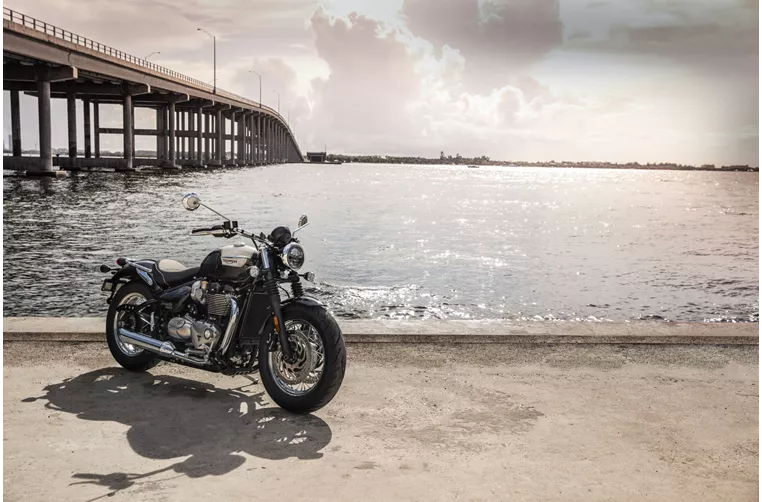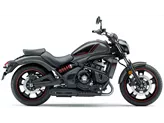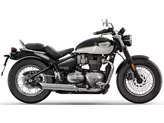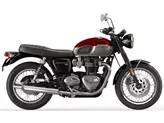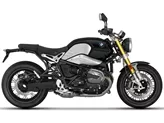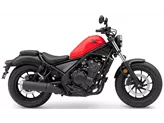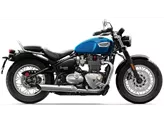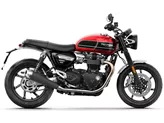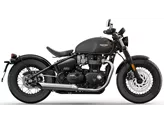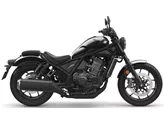Kawasaki Vulcan S 2017 vs. Triumph Bonneville Speedmaster 2018

Kawasaki Vulcan S 2017
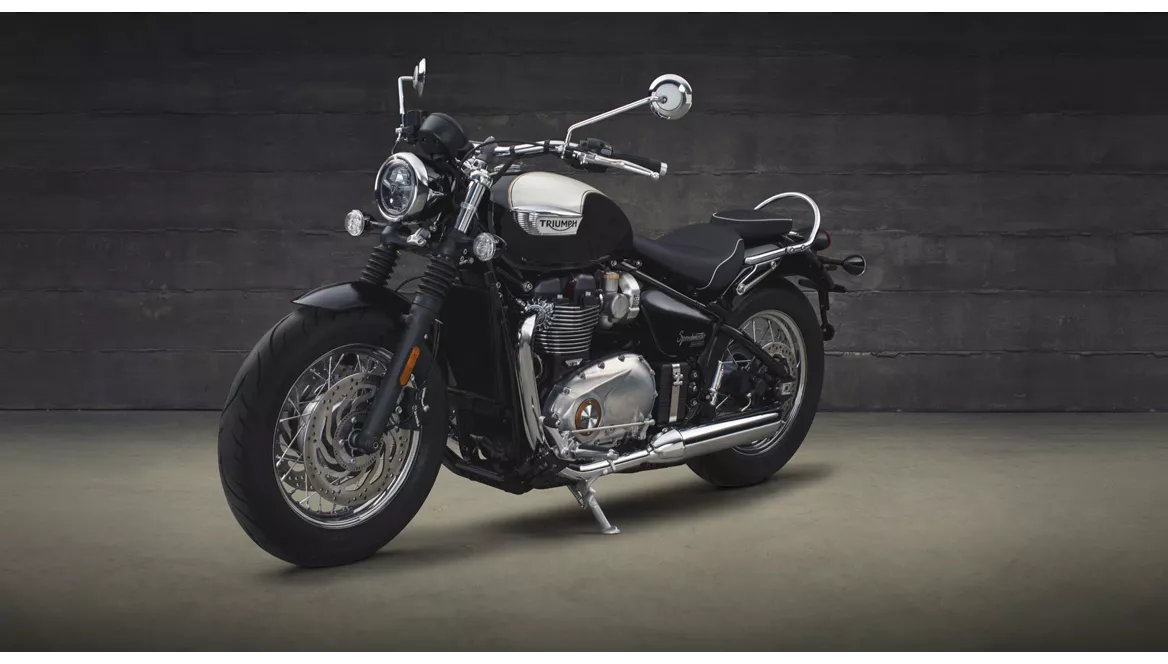
Triumph Bonneville Speedmaster 2018
Technical Specifications Kawasaki Vulcan S 2017 compared to Triumph Bonneville Speedmaster 2018
Pros and Cons in comparison
Pros and Cons in comparison
Kawasaki Vulcan S 2017
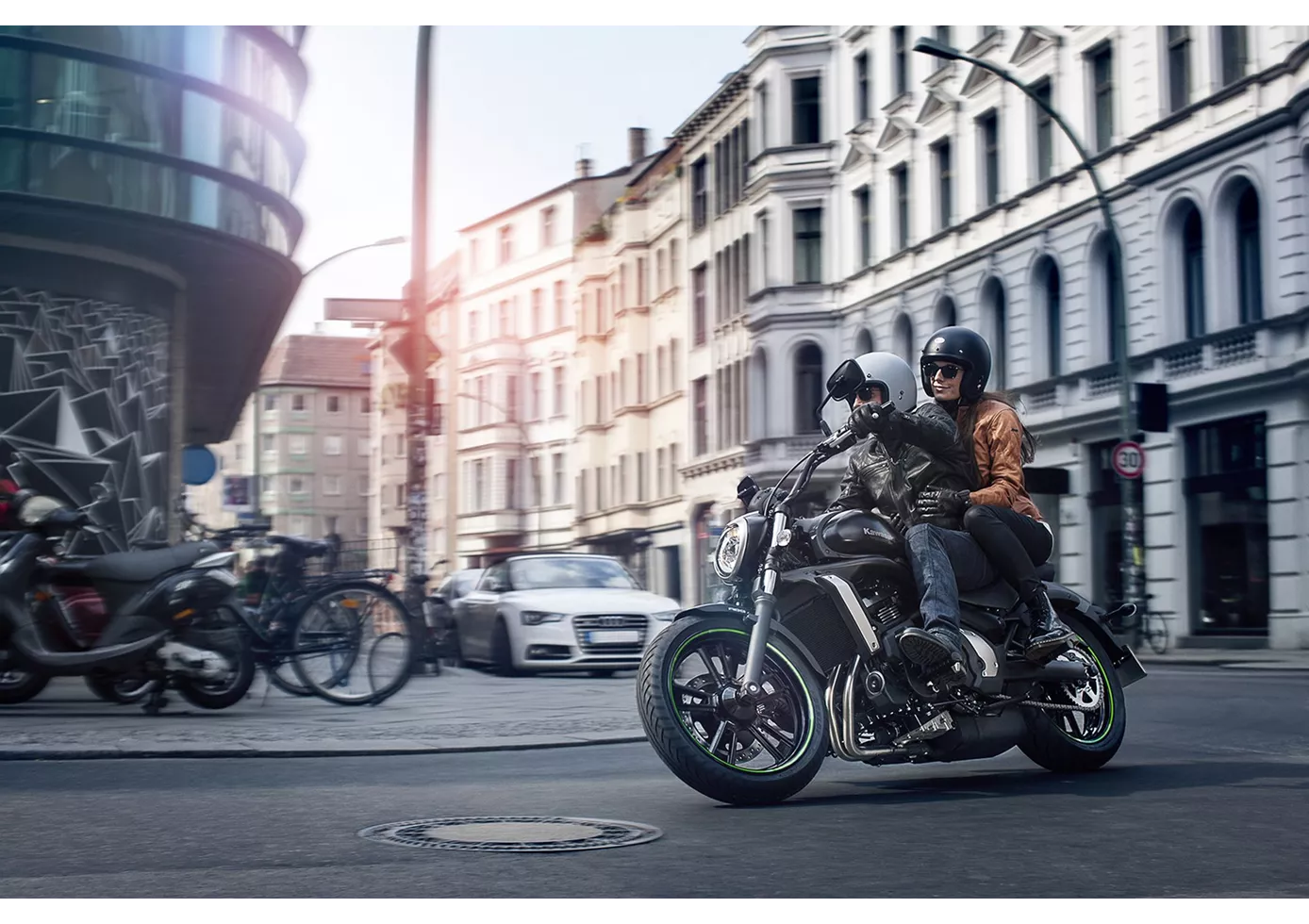
No matter which platform Kawasaki puts the 650 cubic two-cylinder in, the result is always a great motorbike! Even though the engine is unusually rev-happy for a cruiser, it results in a cruiser that actually qualifies as a sports cruiser when paired with the sporty chassis set-up. The only brake is the limited lean angle clearance, but this will not deter lovers of hearty footrest grinding. With such a good bike, we hope that Kawasaki will follow suit - after all, the Vulcan S has been with us almost unchanged since 2015.
Triumph Bonneville Speedmaster 2018
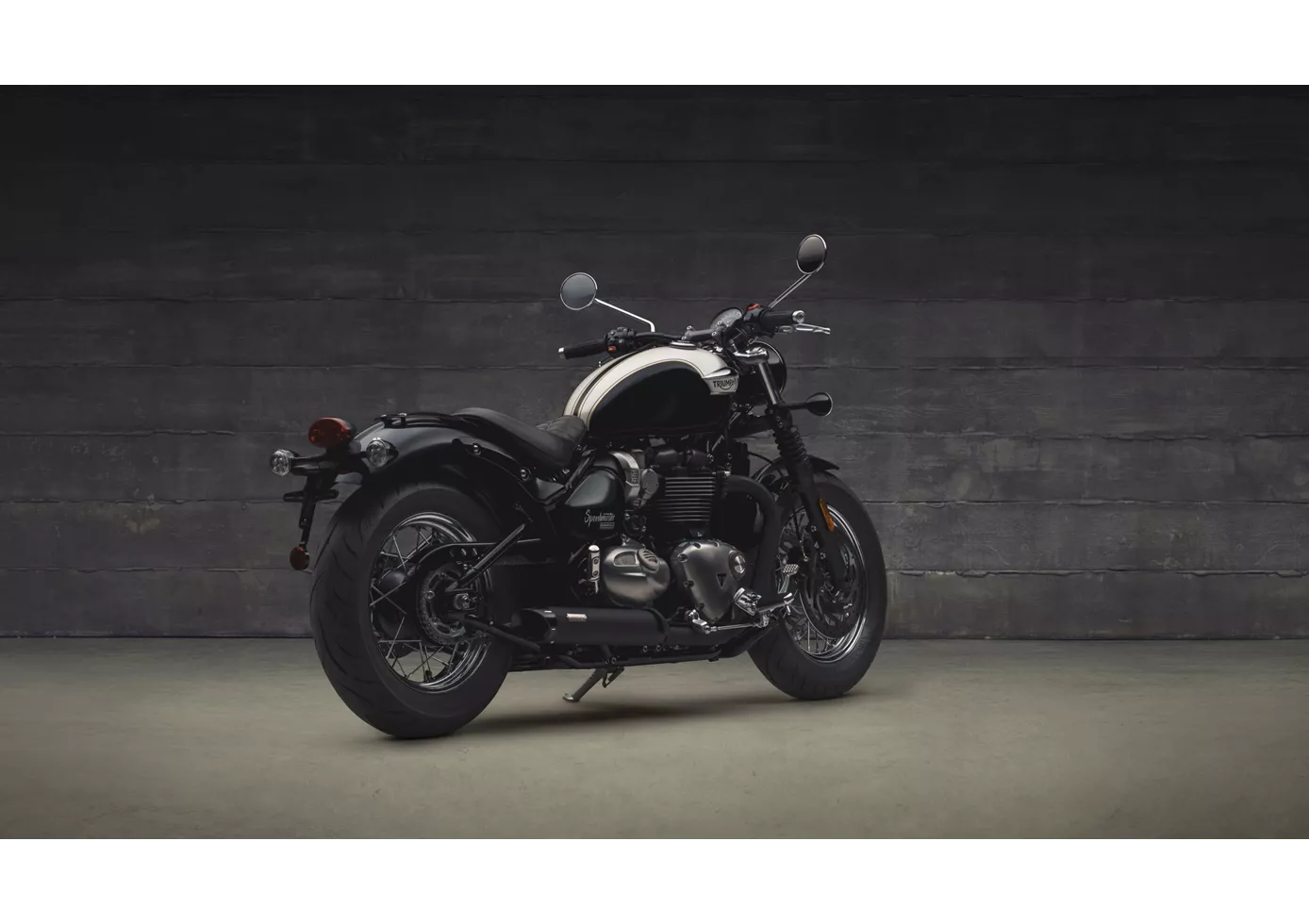
Even though the beach bar handlebars, the seat height of only 705 mm and the torque-heavy engine of the Triumph Speedmaster invite you to relax and glide with the classic cruiser, there is more speed in the latest Bonneville bike than you would expect. A 310 mm double-disc brake, generous suspension travel, adjustable levers as well as two riding modes and a traction control that can be switched off guarantee a rather sporty performance. But you really feel comfortable when you sit back and enjoy the deep roar of the British parallel twin - and maybe even let the cruise control do the work.

